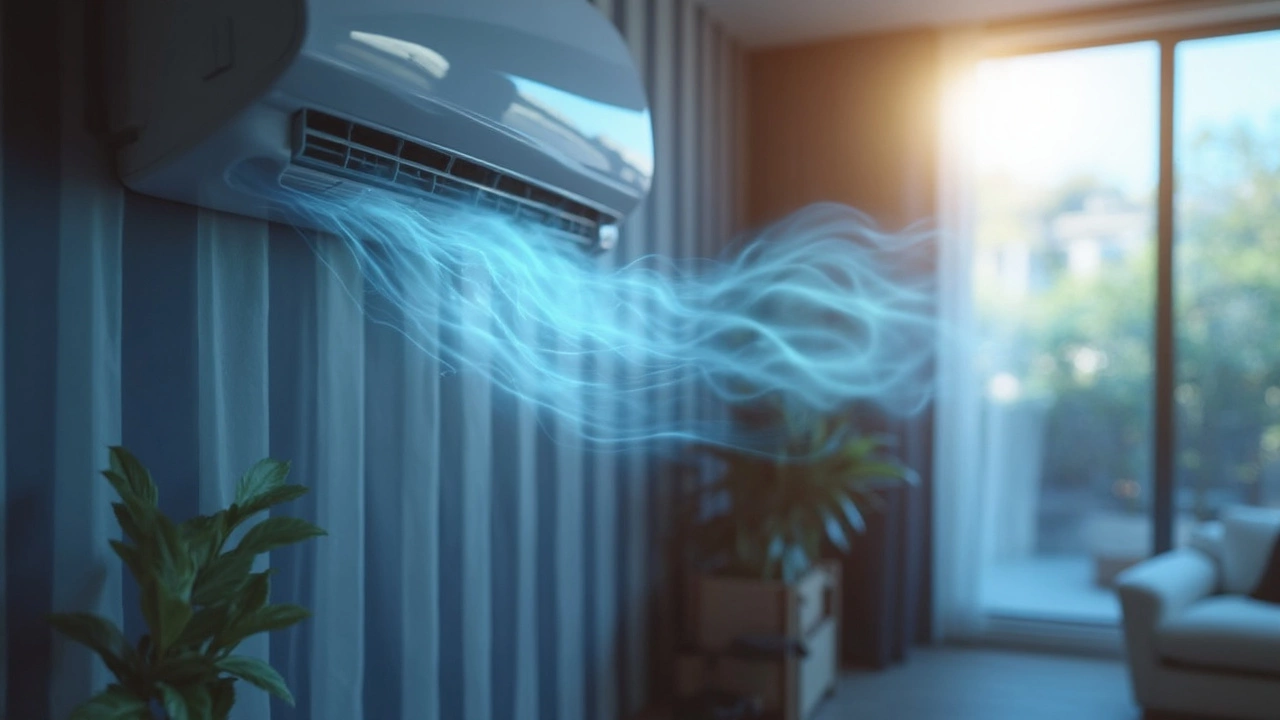Air Conditioner Guide: Tips, Maintenance & Buying Advice
Looking for a cool breeze without a sky‑high bill? You’ve come to the right place. In the next few minutes we’ll walk through the basics of choosing an air conditioner, share quick fixes to keep it humming, and give you a few energy‑saving tricks you can start using today.
How to Choose the Right Air Conditioner
First off, figure out the size of the room you want to cool. A small bedroom usually needs a 1‑to‑1.5 ton unit, while a large living area might require 2 tons or more. The easiest way to check is the BTU rating on the label – more BTUs mean more cooling power. If you’re not sure, use an online calculator that asks for room dimensions and ceiling height.
Next, think about the type of AC that fits your space. Window units are cheap and easy to install, but they block the window. Split‑type systems hide the main machine on a wall and hide the noisy part outside, which looks cleaner. Portable units are handy if you move often, but they need a vent hose and can be louder.
Energy efficiency is the next big factor. Look for the ENERGY STAR label or a high EER (Energy Efficiency Ratio). A unit that’s 10% more efficient can shave off dozens of dollars from your electricity bill each summer.
Finally, check the features you actually need. A programmable timer lets you set the AC to turn on before you get home. A washable filter saves you money on replacements. Some newer models even let you control the temperature from your phone.
Easy Maintenance Tips to Keep Your AC Running Smoothly
Now that you have the right unit, keep it in shape with a few simple habits. The most common culprit for poor performance is a dirty filter. Take it out once a month, give it a gentle brush or rinse, and let it dry before popping it back in.
Clean the outdoor coil of a split or window unit every few months. Use a soft brush or a garden hose on a gentle setting – never spray directly into the fan. Removing dust and debris helps the compressor work harder less often.
Check the condensate drain line for clogs. A slow‑dripping or overflowing tray means water can’t escape, which leads to mold or rust. A quick pour of a cup of bleach mixed with water can clear most blockages.
When you notice the AC blowing warm air, it’s often a sign of low refrigerant or a blocked fin. While refilling refrigerant needs a professional, you can straighten bent fins with a fin comb to improve airflow.
Schedule a professional service once a year. A technician can inspect the electrical parts, test the refrigerant level, and fine‑tune the system. This small expense prevents costly breakdowns later.
And here’s a quick energy‑saving tip: set the thermostat a few degrees higher when you’re out, and use a fan to circulate the cool air. You’ll feel just as comfortable, and your AC won’t have to run nonstop.
That’s it – choose the right size, keep it clean, and give it a yearly check‑up. With these steps you’ll enjoy a cool home, lower bills, and an AC that lasts longer. Happy cooling!
AC ECO Mode: The Smart Way to Cut Cooling Costs Without Sacrificing Comfort
ECO mode on air conditioners cuts power use by modulating compressor and fan speeds, helping you save money and energy. While it cools a bit slower than regular modes, it's perfect for nighttime, days you're away, or when you want to lower your electricity bills without sacrificing comfort.





